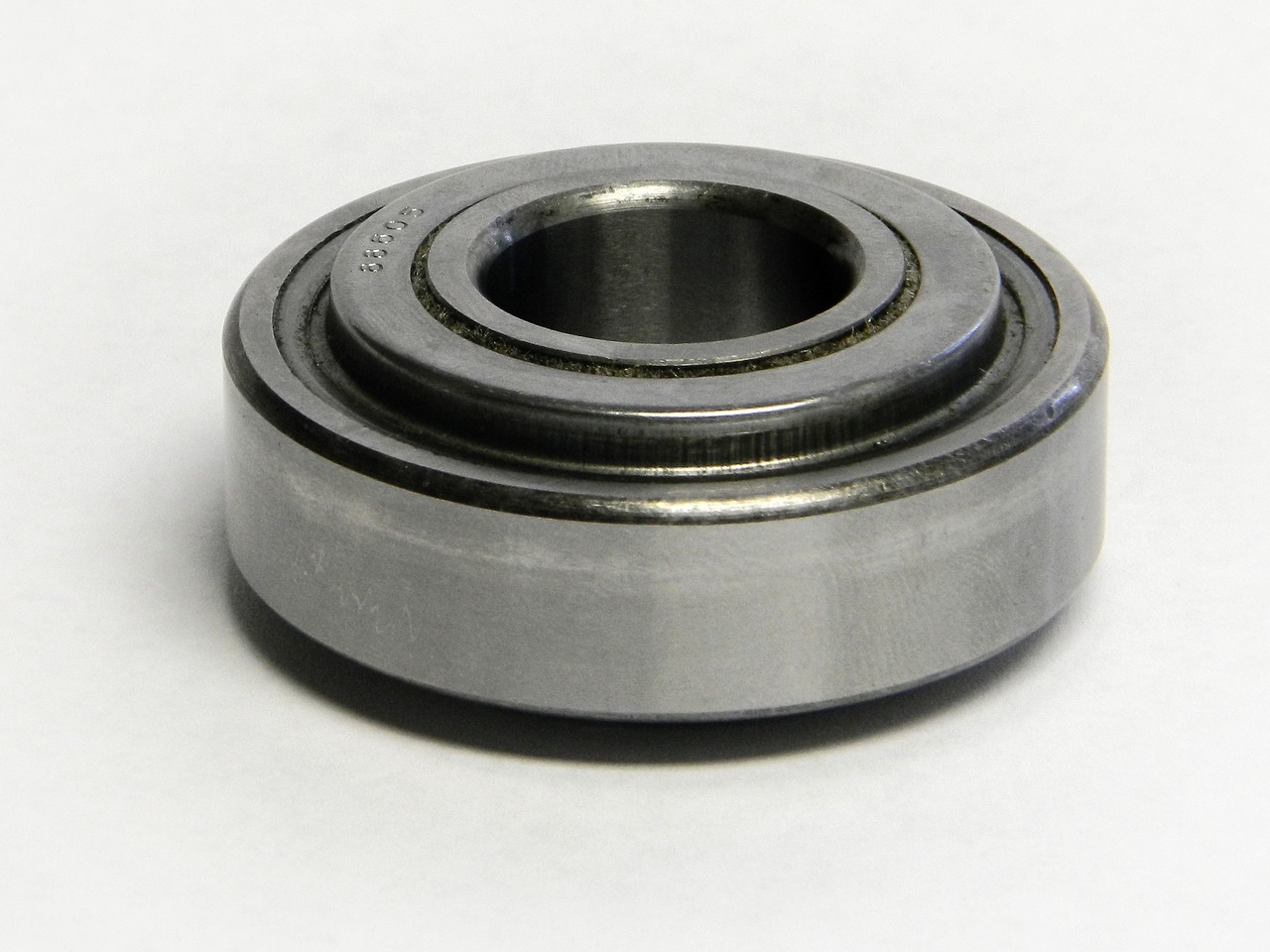Understanding Bearing Types Imagine factory
Understanding Bearing Types Imagine factory
Blog Article

Imagine a factory floor buzzing with activity, where every machine has a critical role in maintaining production efficiency. Now, consider what happens when a bearing, a seemingly small component, fails. The ripple effect can lead to costly downtime, damaged machinery, and lost revenue. This is why understanding the intricacies of Bearing installation techniques is essential for engineers and maintenance teams alike.
Understanding Bearing Types
Bearing installation begins with a fundamental understanding of the various types of bearings available in the market. Rolling element bearings, including ball and roller bearings, are among the most common. Each type has its specific installation requirements. For instance, tapered roller bearings require careful alignment to ensure optimal load distribution. Spherical roller bearings, on the other hand, can accommodate misalignment but still need precise fitting to function properly.
Preparation for Installation
Before embarking on the installation process, thorough preparation is crucial. This includes cleaning the bearing and the housing to eliminate any debris that could interfere with performance. Using the right tools is equally important; specialized tools like bearing pullers and installers can make the task easier and reduce the risk of damage. Moreover, it's beneficial to review the manufacturer's specifications, which often provide guidelines on installation tolerances and recommended practices.
[IMAGE]
Installation Techniques
One of the most effective bearing installation techniques is the use of heat. When bearings are heated, they expand, making it easier to fit them onto shafts or into housings. However, it’s essential to use controlled heating methods, such as induction heaters, to avoid damaging the bearing's surface. Overheating can lead to changes in material properties, which ultimately may compromise performance.
Another technique involves using hydraulic presses. This method provides even pressure across the bearing during installation, reducing the risk of deformation. The key here is to ensure that the force is applied evenly and that the bearing is aligned correctly during the pressing process. Misalignment can lead to premature failure, negating the advantages of a correctly installed bearing.
Post-Installation Checks
Once the bearing is installed, it is vital to perform a series of checks to confirm that everything is in order. This includes checking for smooth rotation and ensuring there are no unusual noises that may indicate improper installation. Additionally, it is advisable to monitor the temperature of the bearing during initial operation. Any significant deviation from the expected temperature range can indicate a problem that needs immediate attention.
Common Mistakes to Avoid
Even experienced technicians can make mistakes during installation. One common error is neglecting to lubricate the bearing before installation. Proper lubrication reduces friction and wear, extending the lifespan of the bearing. Another mistake is failing to adhere to the specified torque settings during the assembly process. Over-tightening can lead to bearing damage, while under-tightening can create excessive play, both of which can result in failure.
Conclusion
Mastering Bearing installation techniques is a critical skill for anyone involved in machinery maintenance or assembly. By understanding the different types of bearings, employing the right installation methods, and avoiding common pitfalls, you can ensure that your bearings operate effectively and efficiently. This not only enhances the performance of machinery but also contributes to the overall productivity of operations.
Report this page